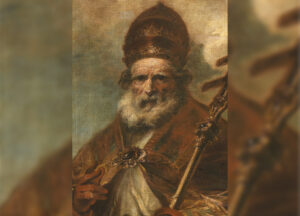
St Leo I
(Leo the Great)
Papacy: 440–461
Canonised Saint | Doctor of the Church
The first pope to bear the title “the Great”, Leo I was a theological giant and a steady leader in times of crisis. He fiercely defended orthodox Christology during the Council of Chalcedon, helped define the doctrine of Christ’s two natures, and is credited with strengthening the primacy of the Roman See. In 452, he famously persuaded Attila the Hun to spare Rome, a defining moment of moral and political authority. His writings, especially his sermons and letters, shaped Church doctrine for centuries.
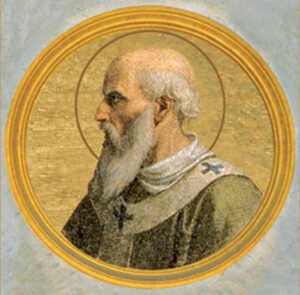
St Leo II
Papacy: 682–683
Canonised Saint
Though his reign lasted under a year, Leo II left a lasting mark. He confirmed the acts of the Sixth Ecumenical Council, which condemned Monothelitism, preserving the Church’s teaching on Christ’s full humanity and divinity. A gifted musician, he promoted Gregorian chant and composed hymns for the Divine Office. Remembered for his humility and charity, Leo II was a quiet but steady shepherd.
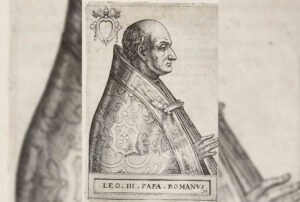
St Leo III
Papacy: 795–816
Canonised Saint
Leo III forever changed European history when he crowned Charlemagne as Holy Roman Emperor on Christmas Day, 800 AD, reviving the Western imperial tradition. This act deepened the Church’s alliance with the Frankish Empire and strengthened papal authority over secular rulers. Despite personal attacks and attempts to remove him, Leo survived.
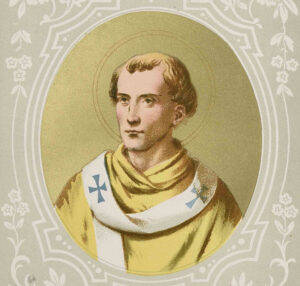
St Leo IV
Papacy: 847–855
Canonised Saint
In the face of Saracen raids, Leo IV responded not only by restoring Rome’s sacred sites but also by fortifying the city itself, building the Leonine Wall around Vatican Hill. He organised a Christian fleet that won the Battle of Ostia in 849, safeguarding Rome’s harbour. His leadership in crisis blended piety with action.
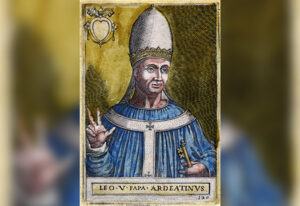
Leo V
Papacy: 903
Not canonised
Leo V’s papacy was cut short after just a few weeks when he was deposed and imprisoned by antipope Christopher. Little is known of his pontificate, which unfolded during one of the most chaotic periods in papal history. A fleeting reign, lost in the shadows of intrigue.
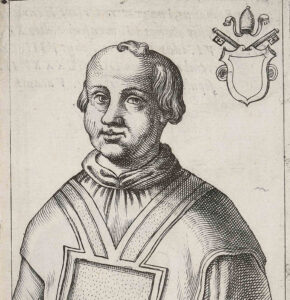
Leo VI
Papacy: 928–929
Not canonised
With a reign lasting just over a year, Leo VI’s time as pope left few records. His pontificate occurred during the Saeculum obscurum, a dark age of corruption and secular interference in the papacy. A quiet figure in a turbulent era.
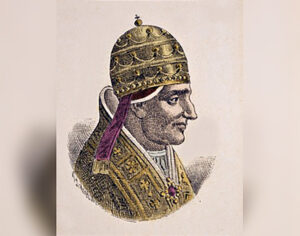
Leo VII
Papacy: 936–939
Not canonised
Leo VII sought to renew the Church through monastic reform, supporting St Odo of Cluny, one of the great leaders of the Cluniac movement. While his reign was short, it helped lay the groundwork for a revival of spiritual discipline in Western Europe.
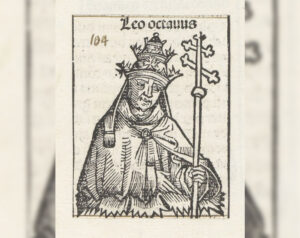
Leo VIII
Papacy: 963–965 (disputed)
Not canonised
Elected under the pressure of Emperor Otto I, Leo VIII’s status remains controversial — considered an antipope by some, and legitimate by others. His reign was marked by fierce debate over imperial influence in papal elections.
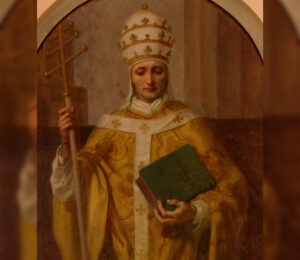
St Leo IX
Papacy: 1049–1054
Canonised Saint
A reform-minded pope, Leo IX tackled simony, enforced clerical celibacy, and sought to purify the Church’s leadership. His legates’ mutual excommunications with Constantinople in 1054 marked the beginning of the Great Schism. Revered for his holiness and courage, he helped set the stage for deeper reform. A holy reformer in a time of coming division.
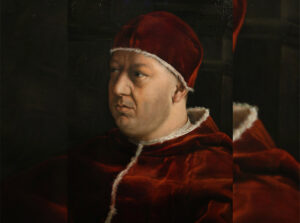
Leo X
Papacy: 1513–1521
Not canonised
A Medici prince-turned-pope, Leo X presided over the Church during the dawn of the Protestant Reformation. He excommunicated Martin Luther, but is also remembered for lavish spending, the commissioning of art, and expanding St Peter’s Basilica. His papacy was both culturally rich and spiritually unprepared for the storm to come.
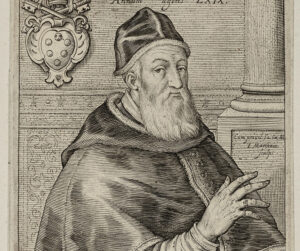
Leo XI
Papacy: April 1605 (27 days)
Not canonised
Nicknamed the “Lightning Pope”, Leo XI reigned for just 27 days before dying of illness. Though brief, his election showed the enduring political influence of the Medici family, to which he belonged.

Leo XII
Papacy: 1823–1829
Not canonised
A deeply conservative pope who reigned after the Napoleonic Wars, Leo XII sought to restore moral rigor and traditional authority. He cracked down on liberal movements, emphasised papal control over the Papal States, and was admired for his austere personal holiness.
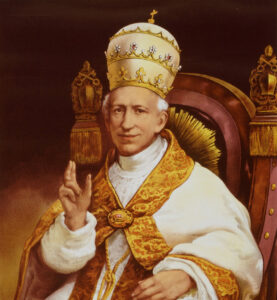
Leo XIII
Papacy: 1878–1903
Not canonised
The longest-reigning pope of the 19th century, Leo XIII is best remembered for his 1891 encyclical Rerum Novarum, which laid the foundation for modern Catholic social teaching. He opened the Vatican Archives, promoted Thomistic philosophy, issued 11 Marian encyclicals, and battled both socialism and unbridled capitalism. His vision of faith engaged deeply with modernity. A pope for workers, scholars, and the modern world.

Pope Leo XIV
Papacy: 2025–present
Not canonised (current pontiff)
Elected in 2025, Pope Leo XIV is the first pope from the United States and also holds Peruvian citizenship. Formerly Cardinal Robert Prevost, an Augustinian, he brings decades of experience as a missionary, bishop, canon lawyer, and prefect of the Dicastery for Bishops. Fluent in multiple languages — including English, Spanish, Italian, Portuguese, Quechua, and Latin — Leo XIV is seen as a bridge-builder, known for pastoral humility and administrative skill. By choosing the name Leo, he invokes a lineage of strength, clarity, and social teaching — from Leo the Great to Leo XIII.


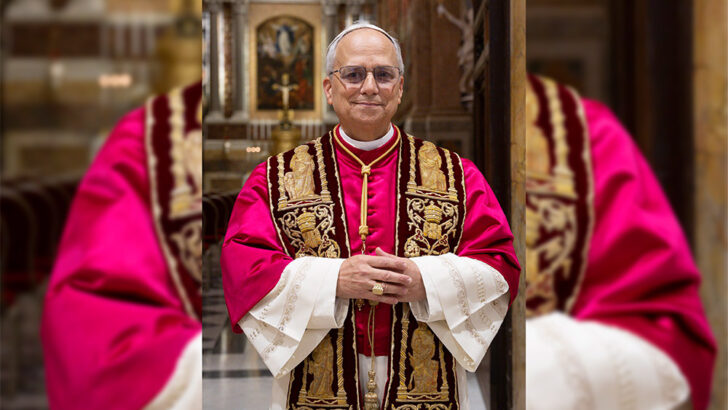 Portrait of Pope Leo XIV (Cardinal Robert F. Prevost), photographed May 8, 2025, Pauline Chapel, Apostolic Palace. Photo: CNS/Vatican Media.
Portrait of Pope Leo XIV (Cardinal Robert F. Prevost), photographed May 8, 2025, Pauline Chapel, Apostolic Palace. Photo: CNS/Vatican Media.